Full text
PDF
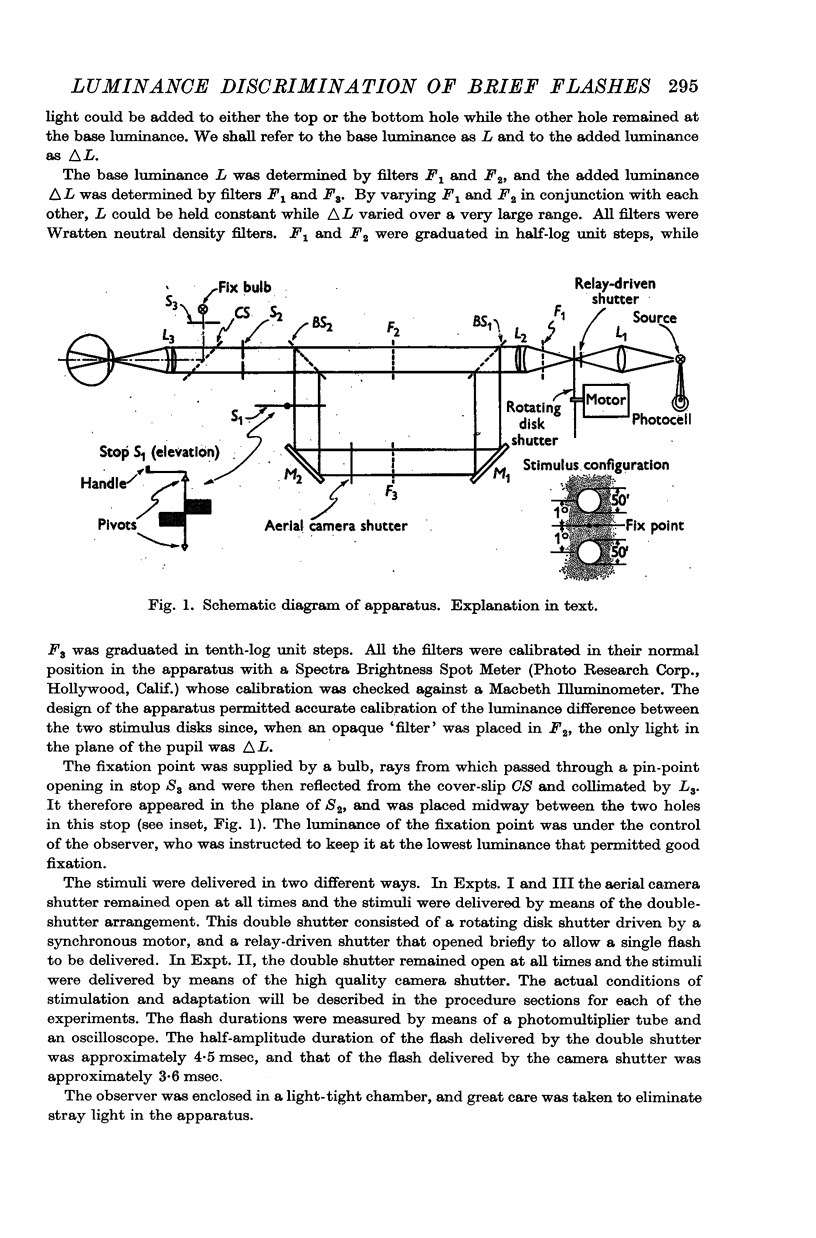


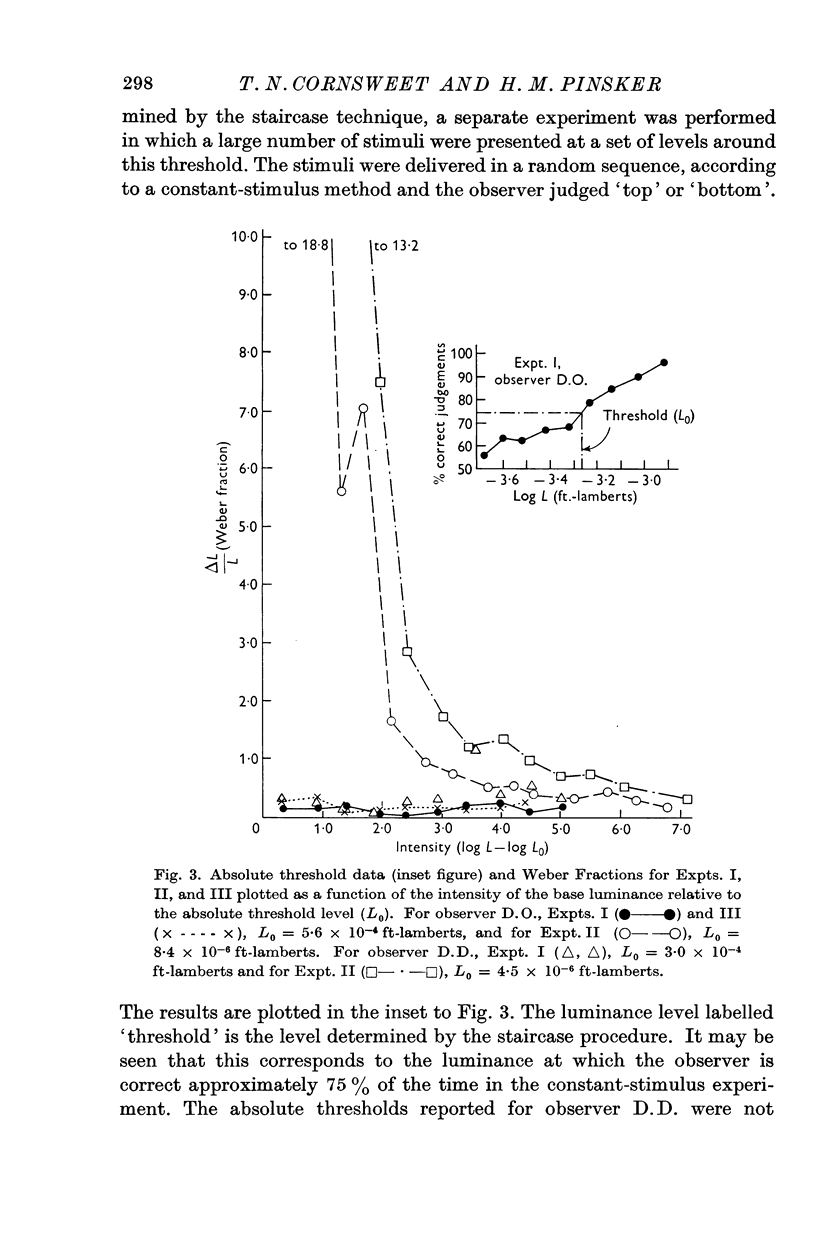
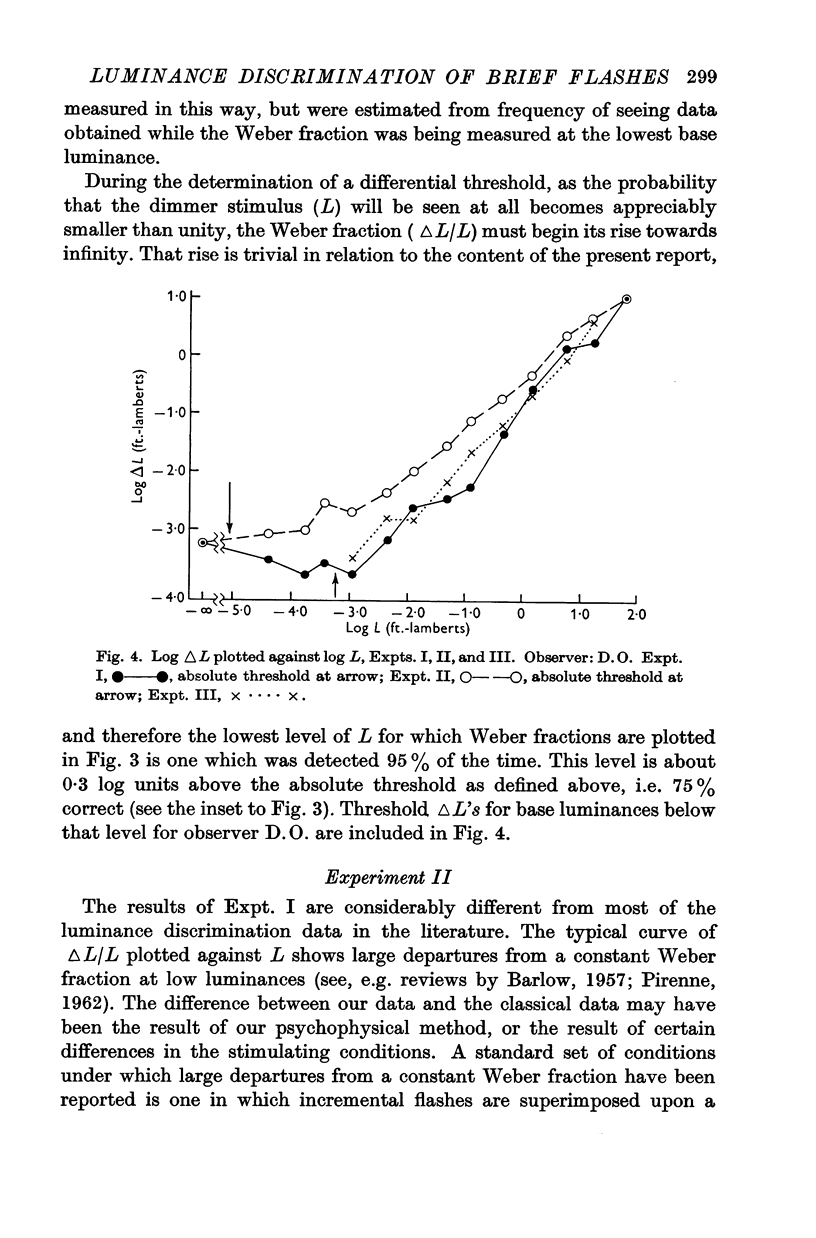
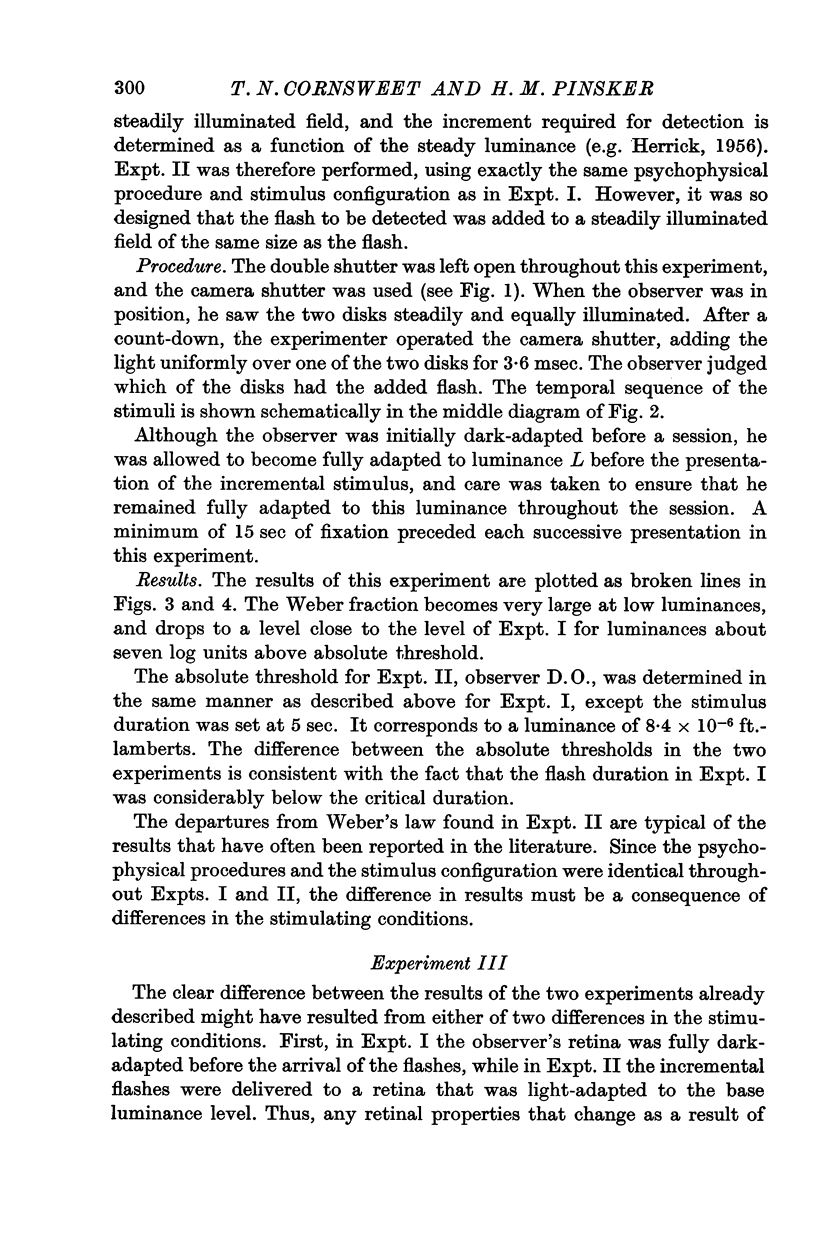

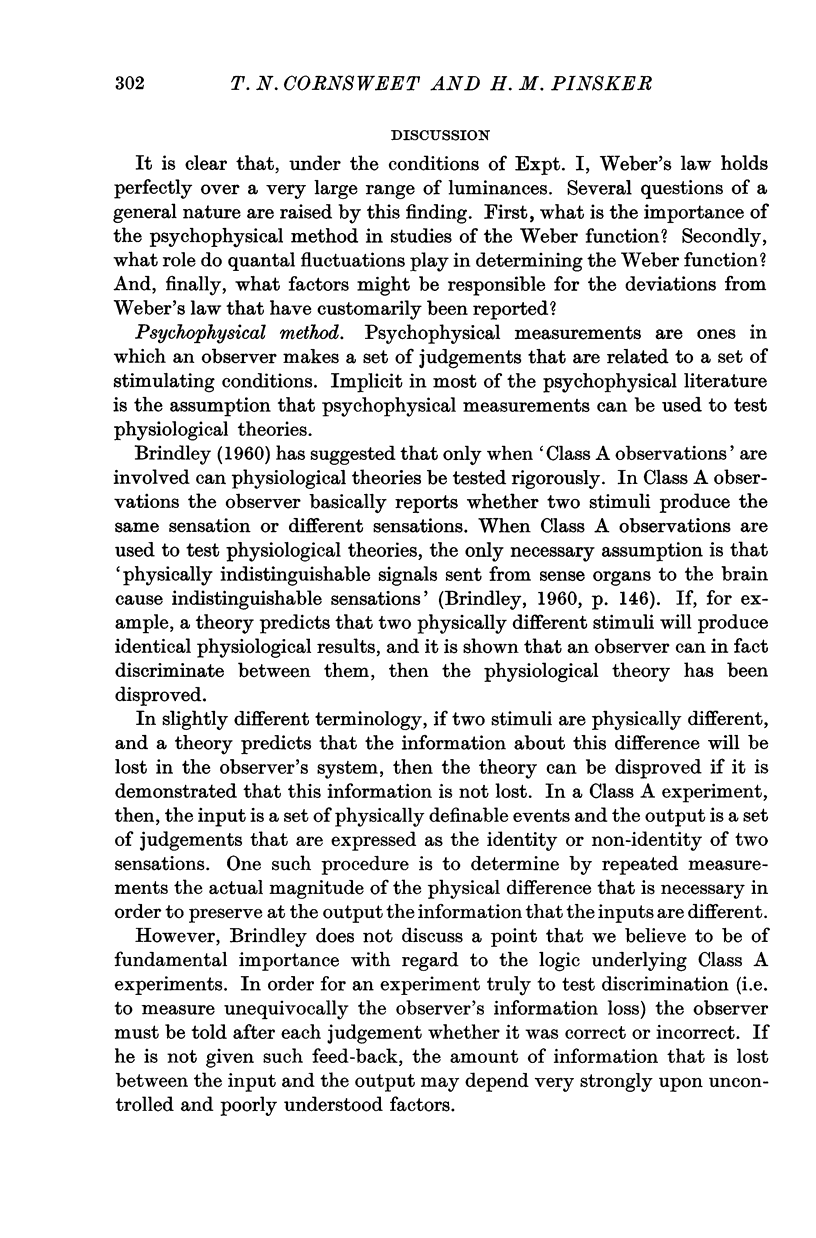
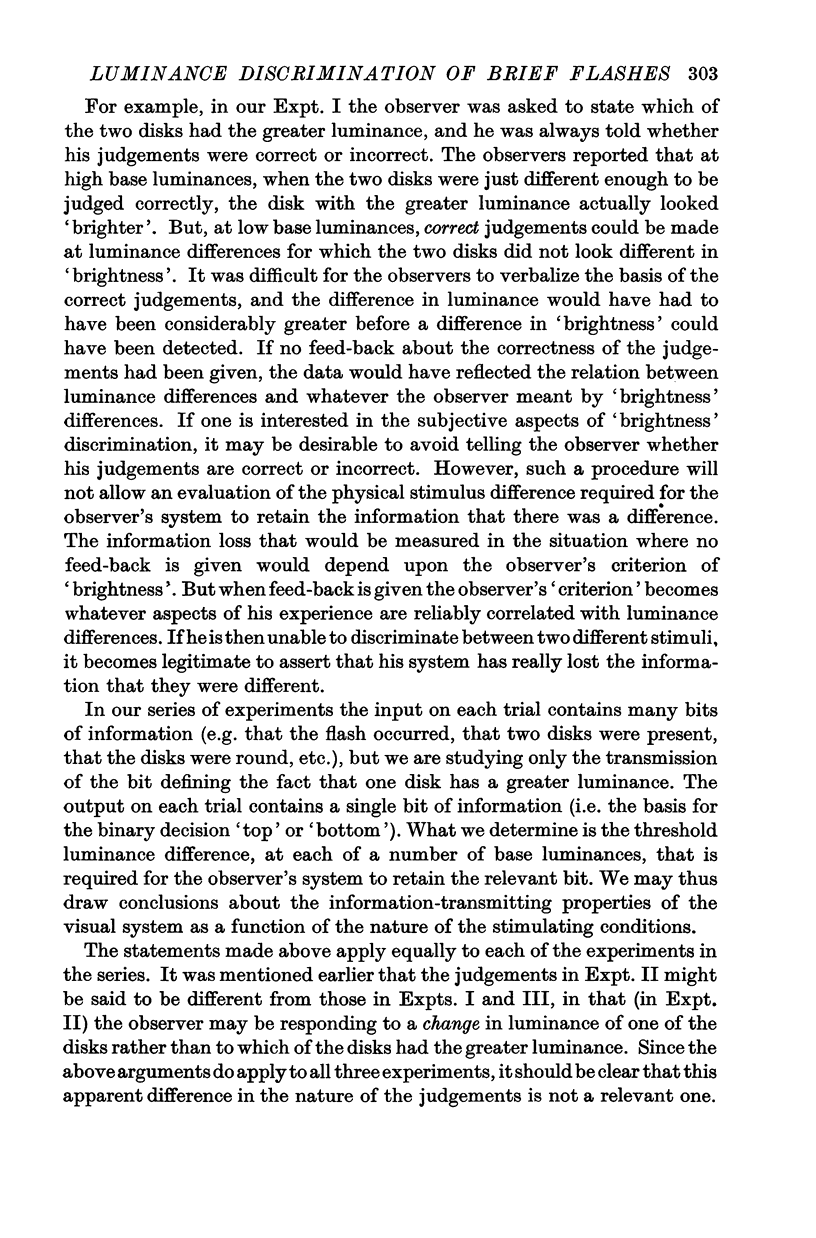

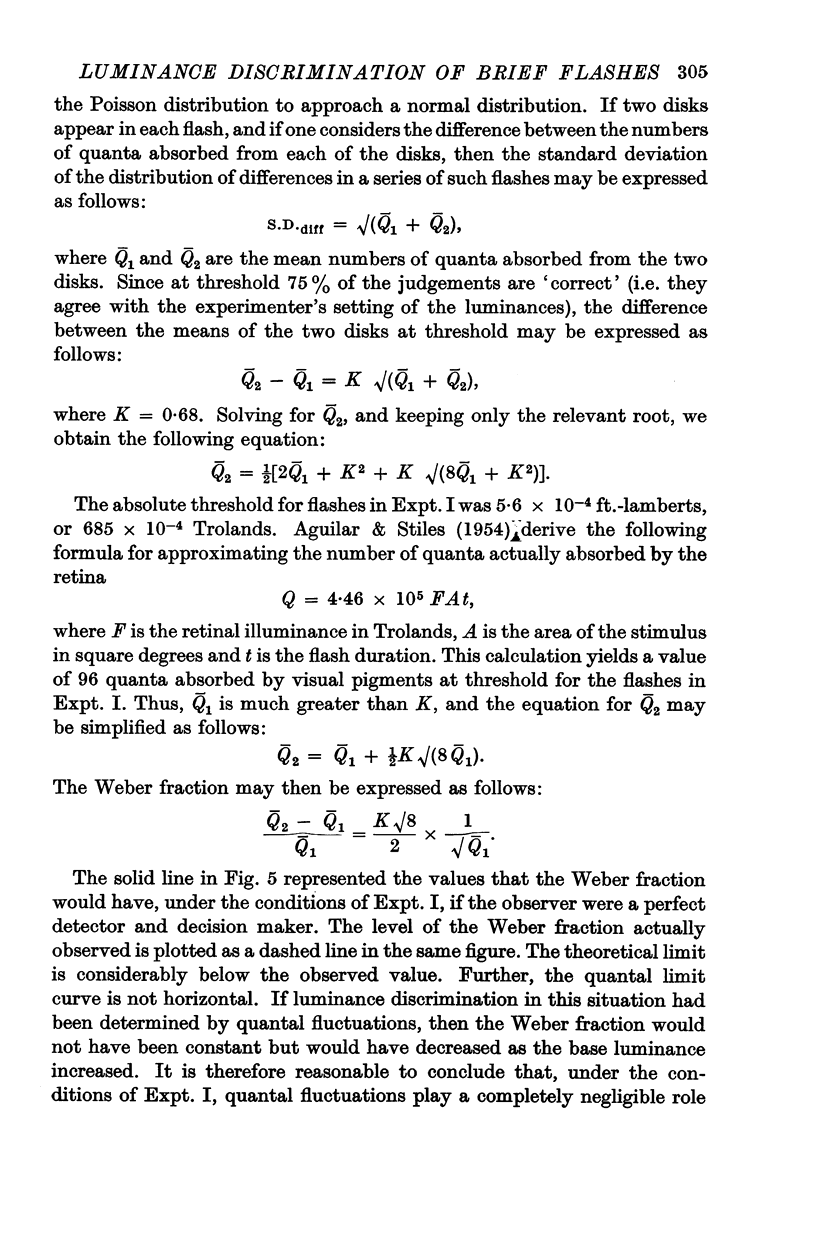



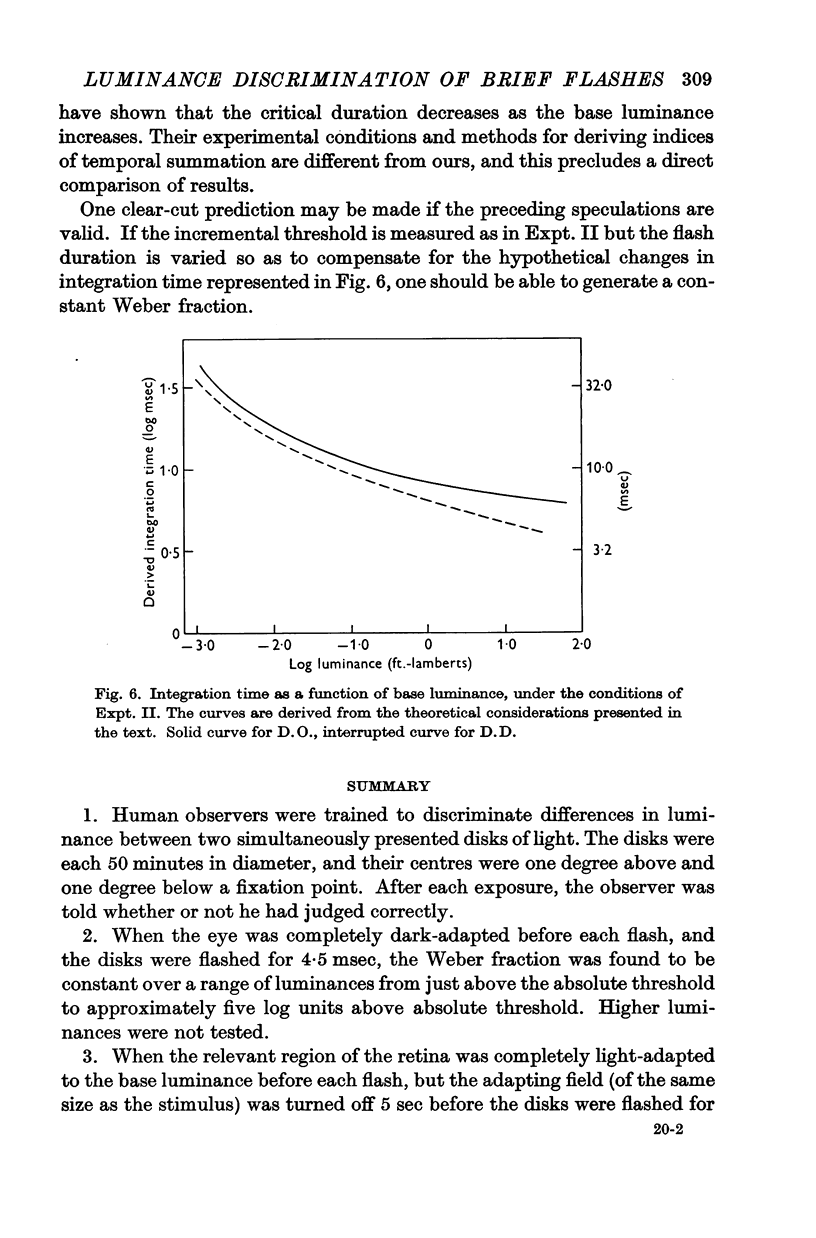
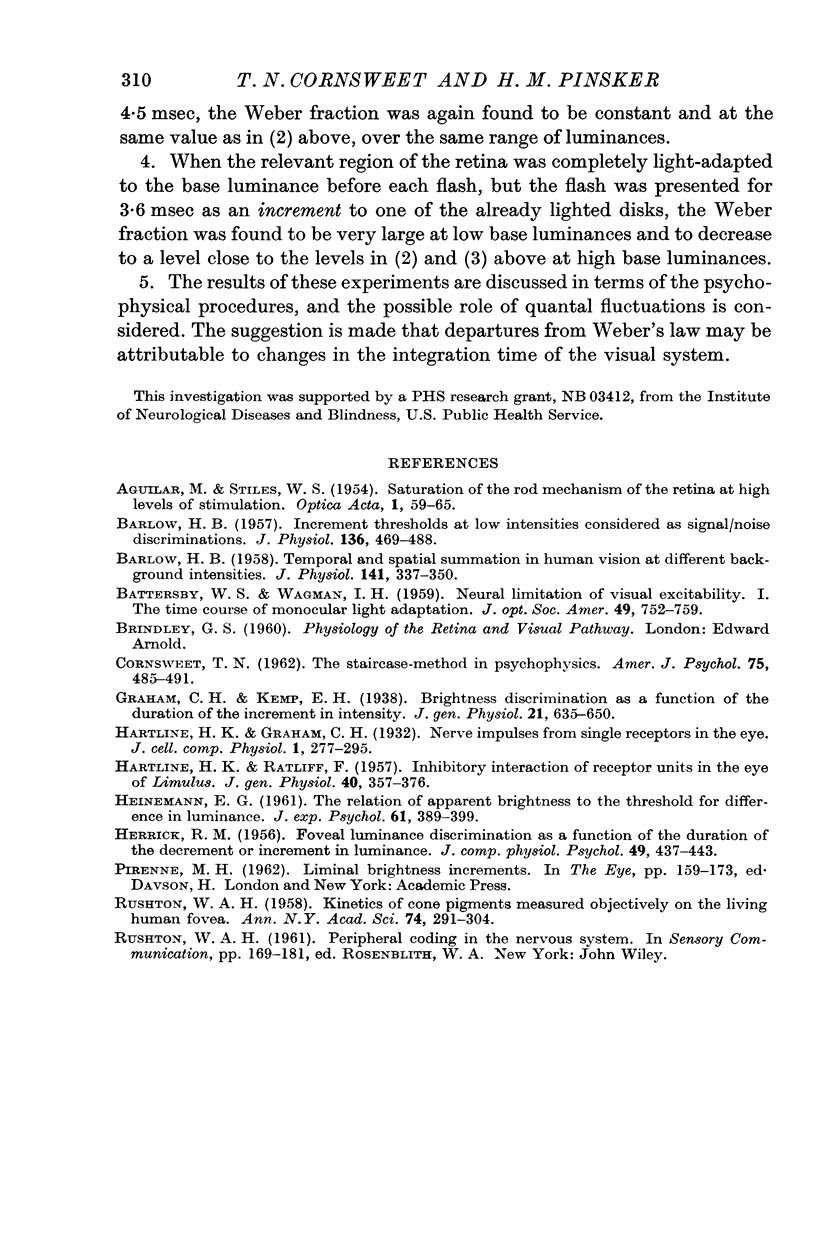
Selected References
These references are in PubMed. This may not be the complete list of references from this article.
- BARLOW H. B. Increment thresholds at low intensities considered as signal/noise discriminations. J Physiol. 1957 May 23;136(3):469–488. doi: 10.1113/jphysiol.1957.sp005774. [DOI] [PMC free article] [PubMed] [Google Scholar]
- BARLOW H. B. Temporal and spatial summation in human vision at different background intensities. J Physiol. 1958 Apr 30;141(2):337–350. doi: 10.1113/jphysiol.1958.sp005978. [DOI] [PMC free article] [PubMed] [Google Scholar]
- BATTERSBY W. S., WAGMAN I. H. Neural limitations of visual excitability. I. The time course of monocular light adaptation. J Opt Soc Am. 1959 Aug;49(8):752–759. doi: 10.1364/josa.49.000752. [DOI] [PubMed] [Google Scholar]
- CORNSWEET T. N. The staircrase-method in psychophysics. Am J Psychol. 1962 Sep;75:485–491. [PubMed] [Google Scholar]
- HARTLINE H. K., RATLIFF F. Inhibitory interaction of receptor units in the eye of Limulus. J Gen Physiol. 1957 Jan 20;40(3):357–376. doi: 10.1085/jgp.40.3.357. [DOI] [PMC free article] [PubMed] [Google Scholar]
- HEINEMANN E. G. The relation of apparent brightness to the theshold for differences in luminance. J Exp Psychol. 1961 May;61:389–399. doi: 10.1037/h0047624. [DOI] [PubMed] [Google Scholar]
- HERRICK R. M. Foveal luminance discrimination as a function of the duration of the decrement or increment in luminance. J Comp Physiol Psychol. 1956 Oct;49(5):437–443. doi: 10.1037/h0046317. [DOI] [PubMed] [Google Scholar]
- RUSHTON W. A. Kinetics of cone pigments measured objectively on the living human fovea. Ann N Y Acad Sci. 1959 Nov 12;74(2):291–304. doi: 10.1111/j.1749-6632.1958.tb39552.x. [DOI] [PubMed] [Google Scholar]


